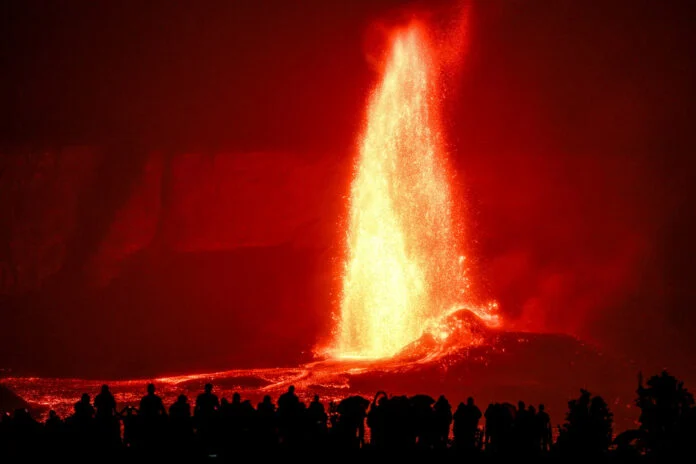A groundbreaking analysis of carbonized papyrus fragments unearthed from the ancient Roman town of Herculaneum has unveiled remarkable insights into the life and final resting place of the renowned philosopher Plato.
Charred papyri. Credit: CNR – Consiglio Nazionale delle Ricerche
Plato, a luminary of ancient Greek philosophy during the Classical period (427 – 348 BC), is celebrated for his profound teachings, which laid the foundation for what would later be recognized as Platonism. Among his seminal contributions is the theory of forms, a philosophical concept addressing the nature of reality and the existence of abstract entities, commonly referred to as "ideas" or "forms."
The discovery emerged amidst the extensive excavation efforts in Herculaneum, situated in the modern-day comune of Ercolano, southwest Italy. Like its neighboring city, Pompeii, Herculaneum met its tragic fate during the cataclysmic eruption of Mount Vesuvius in AD 79, entombing the settlement beneath layers of volcanic ash and debris.
Among the relics preserved in the volcanic aftermath were numerous scrolls and parchments crafted from papyrus, a material particularly susceptible to carbonization under the intense heat of the eruption. Through meticulous archaeological endeavors, a team of experts embarked on a pioneering mission to decipher these ancient texts, employing a sophisticated array of modern imaging techniques. These methodologies included infrared, ultraviolet optical imaging, molecular and elemental imaging, thermal imaging, tomography, and optical microscopy digital.
Through this interdisciplinary approach, approximately 1,000 words of text—representing around 30% of the complete manuscript—have been successfully identified. Within this fragmentary narrative lies a treasure trove of revelations concerning Plato's life, the evolution of his renowned Platonic Academy, and crucially, insights into his final resting place.
While historical records had previously alluded to Plato's burial within the vicinity of the Platonic School in Athens, this latest breakthrough has provided a more precise localization of his grave. The deciphered text unequivocally points to a private garden adjacent to the Museion, or sanctuary dedicated to the Muses, as the esteemed philosopher's burial site.
Ancient road from Kerameikos to Plato’s Academy. Credit: Tomisti/Wikimedia Commons
Moreover, the recovered manuscript sheds light on a lesser-known chapter of Plato's life, detailing his harrowing experience as a slave following the conquest of the island of Aegina by the Spartans. Historical chronicles indicate this period spanning approximately 404 BC to 399 BC, during which Plato endured the indignity of enslavement—a revelation that adds nuance to our understanding of his life and resilience in the face of adversity.
In essence, the meticulous analysis of carbonized papyrus fragments from Herculaneum has not only enriched our comprehension of Plato's philosophical legacy but has also unearthed tantalizing glimpses into the intricacies of his personal journey, unveiling a narrative that transcends the annals of antiquity.








